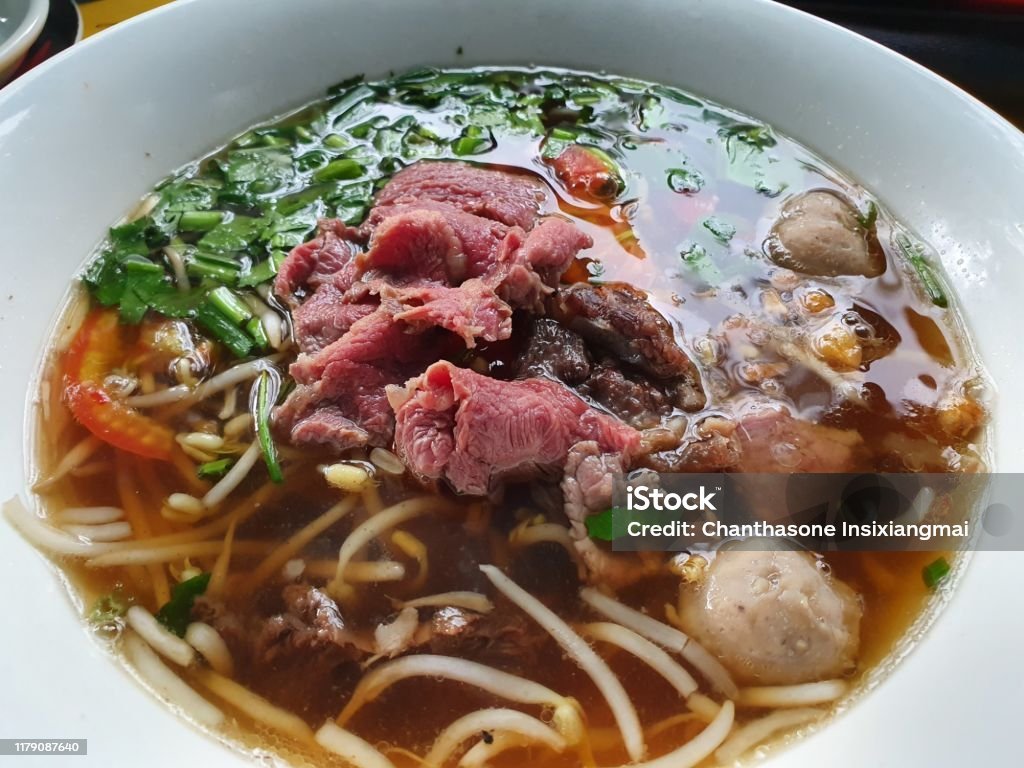
The modernization of traditional Vietnamese attire represents a contemporary movement that blends historical Vietnamese clothing styles with modern fashion sensibilities. This trend has gained significant popularity in recent years, reflecting a broader interest in cultural heritage and identity while embracing innovation and current fashion trends.

Historical Context of Traditional Vietnamese Attire
Traditional Vietnamese attire, known as “Việt phục,” includes a variety of garments such as the áo dài (long dress), áo tứ thân (four-panel dress), áo nhật bình (imperial court attire), and áo bà ba (Southern Vietnamese blouse). These garments have been worn for centuries and are deeply embedded in the cultural and historical fabric of Vietnam.
1. Áo Dài: Perhaps the most iconic, the áo dài is a long, fitted dress with side slits, typically worn over trousers. It is often associated with elegance and is commonly worn during formal occasions and festivals.

2. Áo Tứ Thân: This traditional dress consists of four panels and is usually worn with a yếm (a traditional Vietnamese undergarment), and a skirt. It was popular among Northern Vietnamese women.
3. Áo Nhật Bình: Historically worn by women in the royal court during the Nguyễn Dynasty, it features intricate embroidery and rich fabrics.

4. Áo Bà Ba: A practical and comfortable blouse and trousers ensemble, commonly worn in the southern regions of Vietnam.

Modernization Trends
Việt phục cách tân has seen traditional garments being reimagined with contemporary designs, fabrics, and aesthetics. This movement reflects a desire to preserve cultural heritage while making traditional attire more accessible and appealing to modern tastes.
1. Áo Dài Cách Tân: Modernized versions of the áo dài often feature shorter hemlines, varied sleeve lengths, and the use of unconventional materials like denim or chiffon. Designers incorporate contemporary elements such as asymmetrical cuts, modern prints, and vibrant colours.
2. Fusion with Western Styles: Some modern designs blend traditional Vietnamese elements with Western fashion, creating hybrid styles that appeal to both local and international audiences. For example, incorporating Western-style blouses with traditional skirts or integrating Vietnamese motifs into modern dresses.
3. Innovative Fabrics and Techniques: The use of modern fabrics such as lace, organza, and silk blends, along with contemporary sewing techniques, has revitalized traditional attire, making it suitable for everyday wear and special occasions alike.

Cultural Significance and Popularity
The modernization of traditional Vietnamese attire is more than just a fashion trend; it is a cultural movement that speaks to the younger generation’s desire to connect with their heritage. It is seen in various cultural events, fashion shows, and even in daily wear among the youth.
1. Fashion Shows and Media: Modernized Việt phục frequently features in fashion shows, television programs, and social media platforms, gaining visibility and popularity. Designers like Thủy Nguyễn and Nguyễn Công Trí have been instrumental in bringing these styles to the forefront of Vietnamese fashion.
2. Everyday Wear: Beyond formal occasions, modernized traditional attire has become more common in everyday life. Young people wear áo dài cách tân to schools, workplaces, and casual outings, blending tradition with contemporary style.
3. Cultural Pride: The movement reflects a growing sense of cultural pride and identity among Vietnamese people. It celebrates Vietnam’s rich heritage while adapting to the evolving tastes and lifestyles of the modern world.

Conclusion
Việt phục cách tân exemplifies the dynamic interplay between tradition and modernity in Vietnamese fashion. By reimagining traditional garments through contemporary lenses, designers and fashion enthusiasts are preserving cultural heritage while making it relevant and accessible to new generations. This movement not only enhances the aesthetic diversity of Vietnamese fashion but also strengthens cultural identity and pride.






